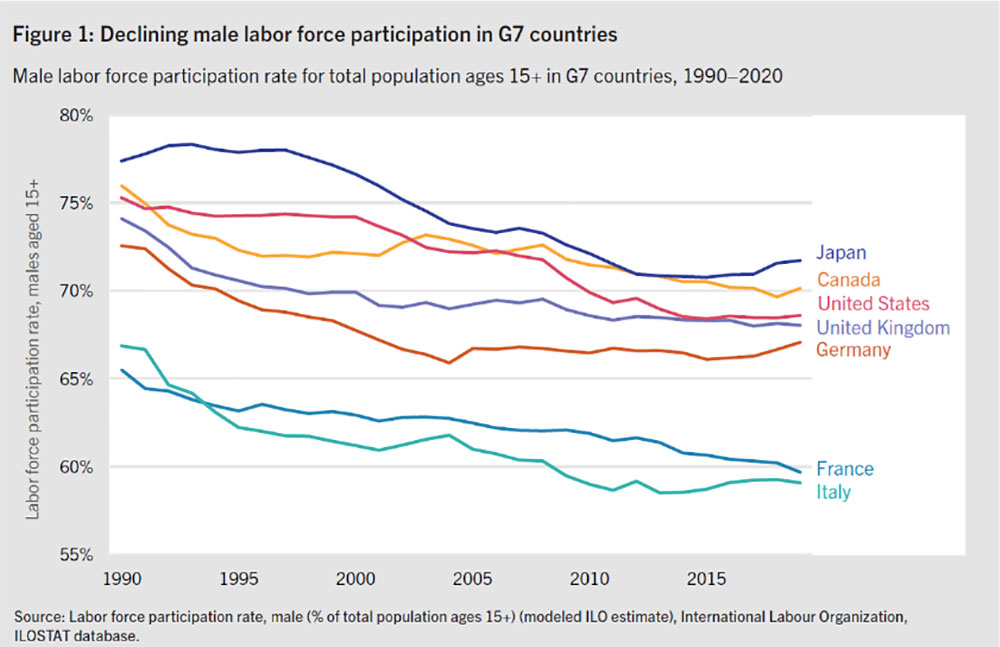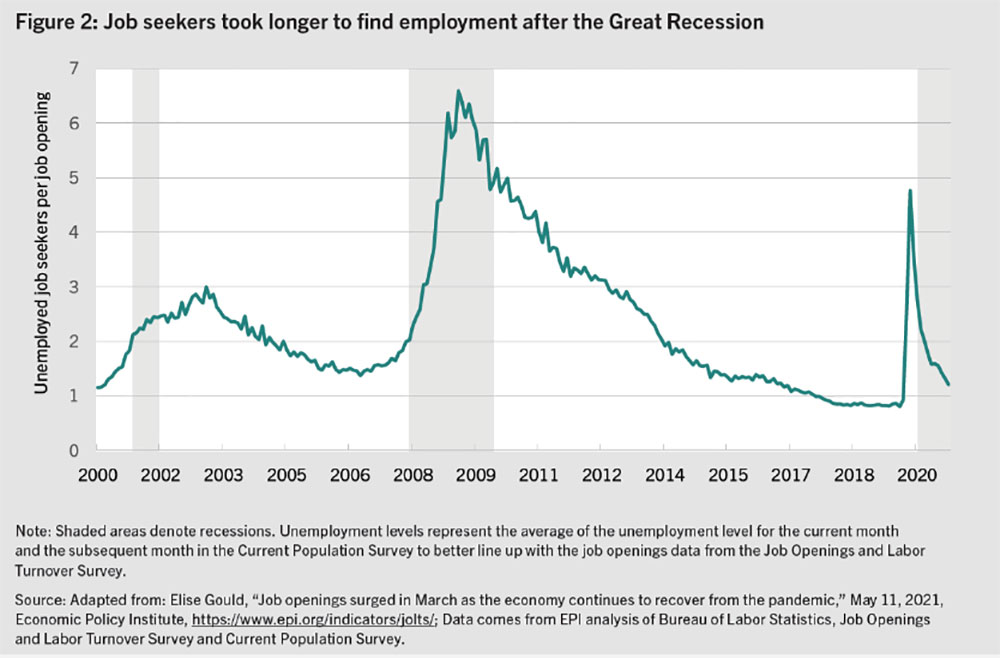
Organizations are desperately looking for talent. And they are hard to find. On the other side, an enormous group of people are either unemployed or underemployed but are eager to work if they are offered a suitable job.
And these people remain “hidden” from those organizations that are desperate for these kinds of candidates. Does this mean a breakdown of the fundamental economic laws of supply and demand? Are companies overlooking these large pools of talents who are willing to work? What changes the hiring teams should make to take advantage of these aspiring job seekers who are literally “hidden”?
These questions have led to a global study that included a survey of more than 8000 hidden workers and more than 2250 executives across the US, the UK, and Germany.
Joseph B.Fuller & Manjari Raman of the prestigious Harvard Business School and Eva Sage-Gavin & Kristen Hines from Accenture have conducted this interesting study that every talent acquisition partner should be aware of.
This study suggests how leaders can improve hiring practices to uncover missed talent pools, close skills gaps, and improve diversity.
Types of hidden workers
So now we know who “hidden” workers are, let us briefly discuss the categories they fall into.
Missing Hours – These are those hidden workers who are working for one or more part-time jobs and if they are offered full-time work they are willing to take it up
Missing from Work – They are unemployed quite for a long time, but still seeking employment and are willing to work if they are offered a job that they can handle
Missing from the workforce – These are those candidates that are not working and not looking for employment. But still, they are willing and have the ability to work if they are under the right circumstances.
The Harvard-Accenture collaborative study we mentioned estimates that over 27 million hidden workers are there in the US alone. And a similar proportion of those in the UK & Germany.
Related term: Learn what is the role of a talent acquisition coordinator
What keeps them hidden?
If they are willing to work and there are lots of positions open that are waiting for suitable candidates, why do they still stay hidden? What keeps them “hidden” from the recruiters’ eyes who are constantly looking for candidates? Here are a few reasons why.
Lack of relevant skills – Technology keeps advancing faster than expected and this rapid pace of change has made it very difficult for workers to get trained on the relevant skills. This kind of widening training gap is one of the reasons why they are staying hidden.
Inappropriately configured ATS – An Applicant Tracking System (ATS) combined with a Recruitment Management System (RMS) represents the foundation of the hiring process in most organizations. ATS helps them filter potential candidates. Though these tools are necessary and help the recruitment process, they use very specific parameters to minimize and shortlist the number of applications they receive.
For instance, if they use a filter to exclude criteria like a gap in full-time employment they end up excluding viable candidates who have all the necessary skillsets for the role. As a result, even if they are a perfect match for the role, their profiles get excluded by the ATS filters.
Hired as an act of charity, rather than for their skills – Those few companies who engage with hidden workers do so through their corporate social responsibility (CSR) efforts. Those initiatives are to be appreciated but it enforces a myth that hiring these hidden workers is an act of charity rather than hiring for their skills.
Demographic and Societal Displacements
As you can see from the graph, over the past couple of decades many people have left the workforce. Though the rate of women joining the workforce has seen an increase in many countries, the male workforce is on a decline for more than two decades. Social changes like being unable to balance work life and family responsibilities also further contributed to this decline.

Technological and automation dislocation
The rapid pace of automation and technological advancements contributed to the growth of hidden workers. Bots replacing humans and mass layoffs due to the growth in technology and widespread automation across most industries have played a major role in workers losing their jobs. Post this scenario, job seekers took longer to find employment. The time they waited paved the way for breaks in their careers forcing them to go hidden. As a result, job seekers had to wait longer to find employment.

Recommendations on hiring hidden workers
Shifting from “negative” to “affirmative” filters in ATS – Mostly ATS relies on “negative” logic to filter the applicant pool. There are exclusions based on whether they have a college degree or a gap in full-time employment history etc. Instead, applying an “affirmative” logic like looking for a specific skill set, or experience would give a chance to the hidden workers. It would also appear more logical when looking for talent.
Shifting from a CSR perspective to an ROI perspective – When they are hired by ignoring the normal recruiting process and onboarding them purely based on CSR initiatives can only undermine the legitimacy of the hidden workers in the eyes of other colleagues. This will affect the hidden workers’ ability and confidence to perform to their full potential.
Targeting segments of hidden workers – While focusing on specific segments of the hidden workforce, organizations can easily tweak their investment costs and maximize the rate at which the newly hired hidden workers can become productive. Recruitment professionals and coworkers may become acquainted with the requirements of these hidden workers.
Redesign recruitment & onboarding process user experience – Approximately 84% of hidden workers said the application process is difficult. Companies should consider improving the user experience (UX) to ensure that the necessary skills and credentials are available at the start of the process. Decision-making timelines should also be made clear. While 35% of middle-skills hidden workers say job centers are their primary source for finding work, only 26% of employers consider them a priority.
A clear need for immediate action
Companies should be willing to restructure their hiring processes to reflect changing competitive threats, employee interests, and other societal constraints. Hiring managers should broaden their search criteria to include hidden workers. All of the barriers that have contributed to ignoring the hidden workers will benefit not only employers but also the communities they serve. They should foster an inclusive hiring culture that enables them to access a wide range of talent pools that are skilled and further willing to work.

Raju Thammala is the founder of WebPipl, an AI-based recruitment company revolutionizing the tech hiring process with products like video interviews, ATS software, etc.
As CEO and founder, Raju Thammala is passionate about leveraging technology to deliver next-gen recruiting services. In his free time, Raju enjoys reading and exploring new cuisines or jet-setting to exotic destinations.
